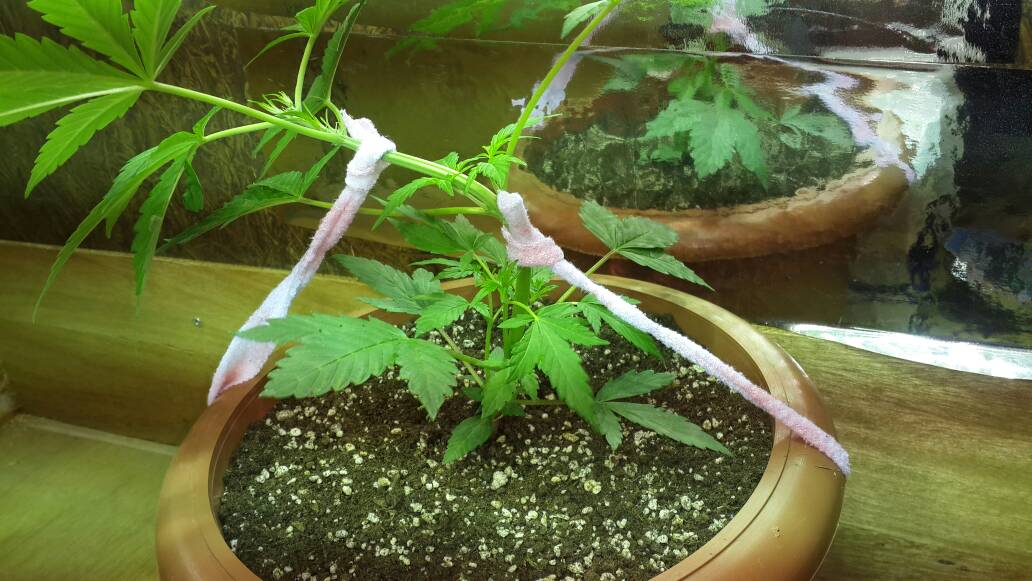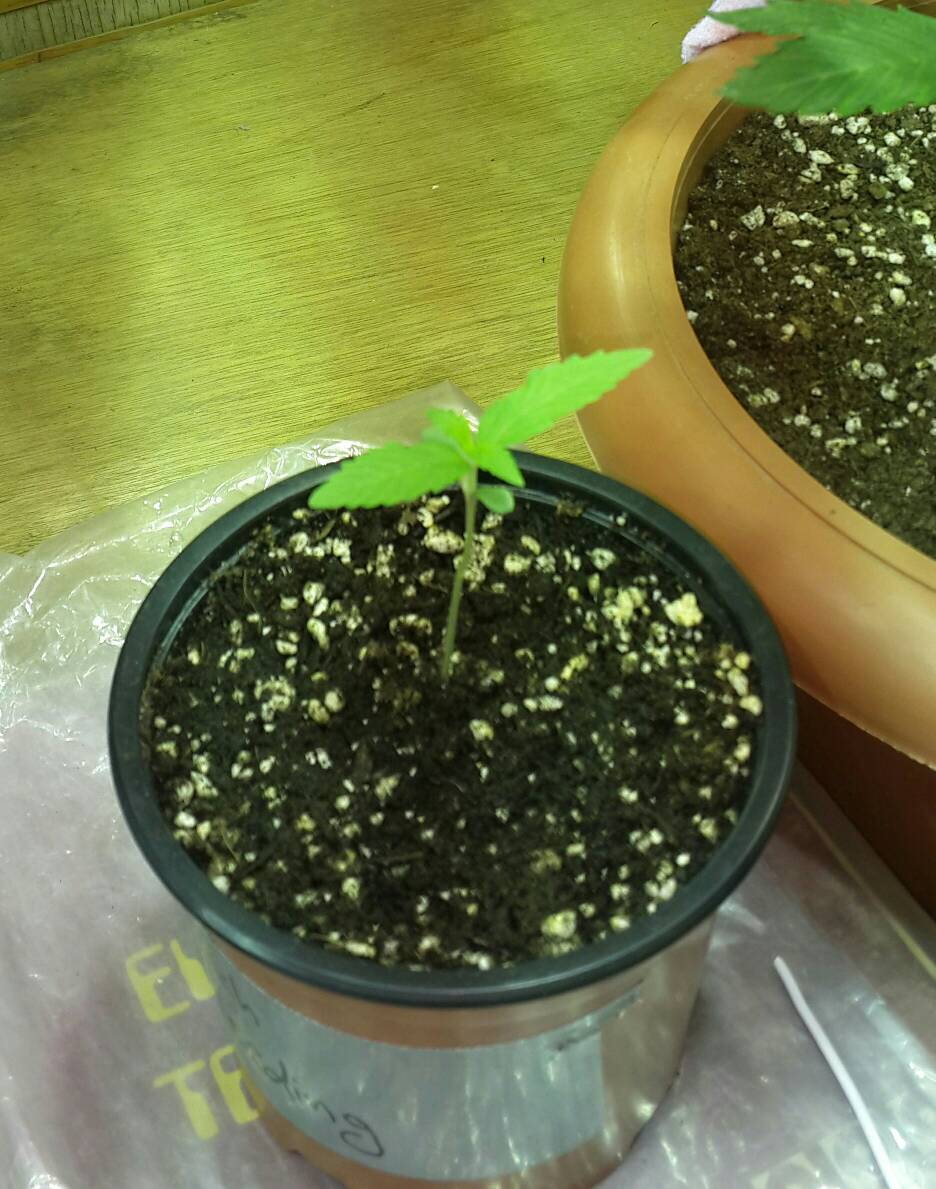Blazekingg
Well-Known Member
I had one bend like that i just supported
Sent from my SM-G930W8 using 420 Magazine Mobile App
Sent from my SM-G930W8 using 420 Magazine Mobile App
How To Use Progressive Web App aka PWA On 420 Magazine Forum
Note: This feature may not be available in some browsers.



UnfortunatelyI'm not sure I'd have the guts to grow in the middle east. Hopefully you're in an area where it has been decriminalized! Your plants look good. Keep it up!


Can i clone auto's?


Can i keep an auto as a mother. .?Like Tomula said, if you want to grow auto's and clone them, you'd be better off growing photo's keeping them under 12/12.
Keep a plant to take cuttings from. This is your mother. It stays in veg so needs a separate veg/clone area (longer light schedule, like 18/6). Once the cuttings root, you move them to the 12/12 grow room for blooming. They will act much like an auto with lower yields but quicker turnover.
 , too much manure, and the use of water-softening filters (which should not be used). If the problem is Na, flush the soil. K can get locked up from too much Ca or ammonium nitrogen, and possibly cold weather.<br />
, too much manure, and the use of water-softening filters (which should not be used). If the problem is Na, flush the soil. K can get locked up from too much Ca or ammonium nitrogen, and possibly cold weather.<br /> :K ratio of about 10:7 :8 (which of course is the same ratio as 20:14 :16), and for flowering plants, 4:8 :8. Check the pH after adding nutrients. If you use a reservoir, keep it circulating and change it every 2 weeks.<br />
:K ratio of about 10:7 :8 (which of course is the same ratio as 20:14 :16), and for flowering plants, 4:8 :8. Check the pH after adding nutrients. If you use a reservoir, keep it circulating and change it every 2 weeks.<br /> or halogens to grow cannabis. Invest in fluorescent lighting (good) or HID lighting (much better) which supply the high-intensity light that cannabis needs for good growth and tight buds. Even better, grow in sunlight.<br />
or halogens to grow cannabis. Invest in fluorescent lighting (good) or HID lighting (much better) which supply the high-intensity light that cannabis needs for good growth and tight buds. Even better, grow in sunlight.<br />Thanks alot .Mother plant is the plant you take clones from. If you make a clone from auto that is 15 days old the clone is also 15 days old plus you waste some time rooting it and it starts flowering at the same time as the mother plant. So you end up with one bigger plant and one small one, all the time wasted on rooting and shocking the plant. Or you can veg plant unlimited time (years even) and take cuttings-clones from her and put them to flower after time. For this you need veg tent (20/4, 24/0, 18/6 light) and flower tent (12/12 light). This way you can have almost unlimited clones for flowering. I hope you get it there are many tutorials for even small mother plants. Happy growing!

Always help me .Like Tomula said, if you want to grow auto's and clone them, you'd be better off growing photo's keeping them under 12/12.
Keep a plant to take cuttings from. This is your mother. It stays in veg so needs a separate veg/clone area (longer light schedule, like 18/6). Once the cuttings root, you move them to the 12/12 grow room for blooming. They will act much like an auto with lower yields but quicker turnover.